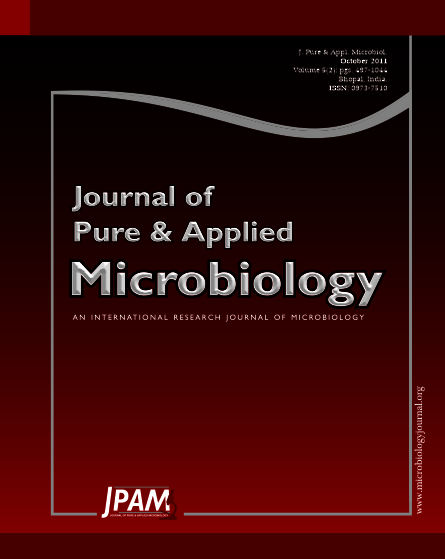The present investigation was undertaken to study HSV-2 seroprevalence rate among STD clinic attendees. Genital herpes is one of the most common sexually transmitted disease and is the most common cause of genital ulceration, in both the developed world and in developing countries. Genital herpes can act as a co-factor for the transmission of other sexually transmitted diseases. Out of 1000 STD patients, 650 (65%) were males while 350 (35%) were females. 194 (19.4%) of 1000 patients attending STD clinic were positive for HSV–2 IgM antibodies. As Genital herpes is the most common cause of genital ulcers in both developed & developing world and as it acts as a fueling agent for the transmission of other sexually transmitted diseases, it is therefore an important indicator to follow to promote healthful sexual behavior and prevent sexually transmitted diseases.
HSV, STD, STI, Type specific antibody
© The Author(s) 2011. Open Access. This article is distributed under the terms of the Creative Commons Attribution 4.0 International License which permits unrestricted use, sharing, distribution, and reproduction in any medium, provided you give appropriate credit to the original author(s) and the source, provide a link to the Creative Commons license, and indicate if changes were made.


